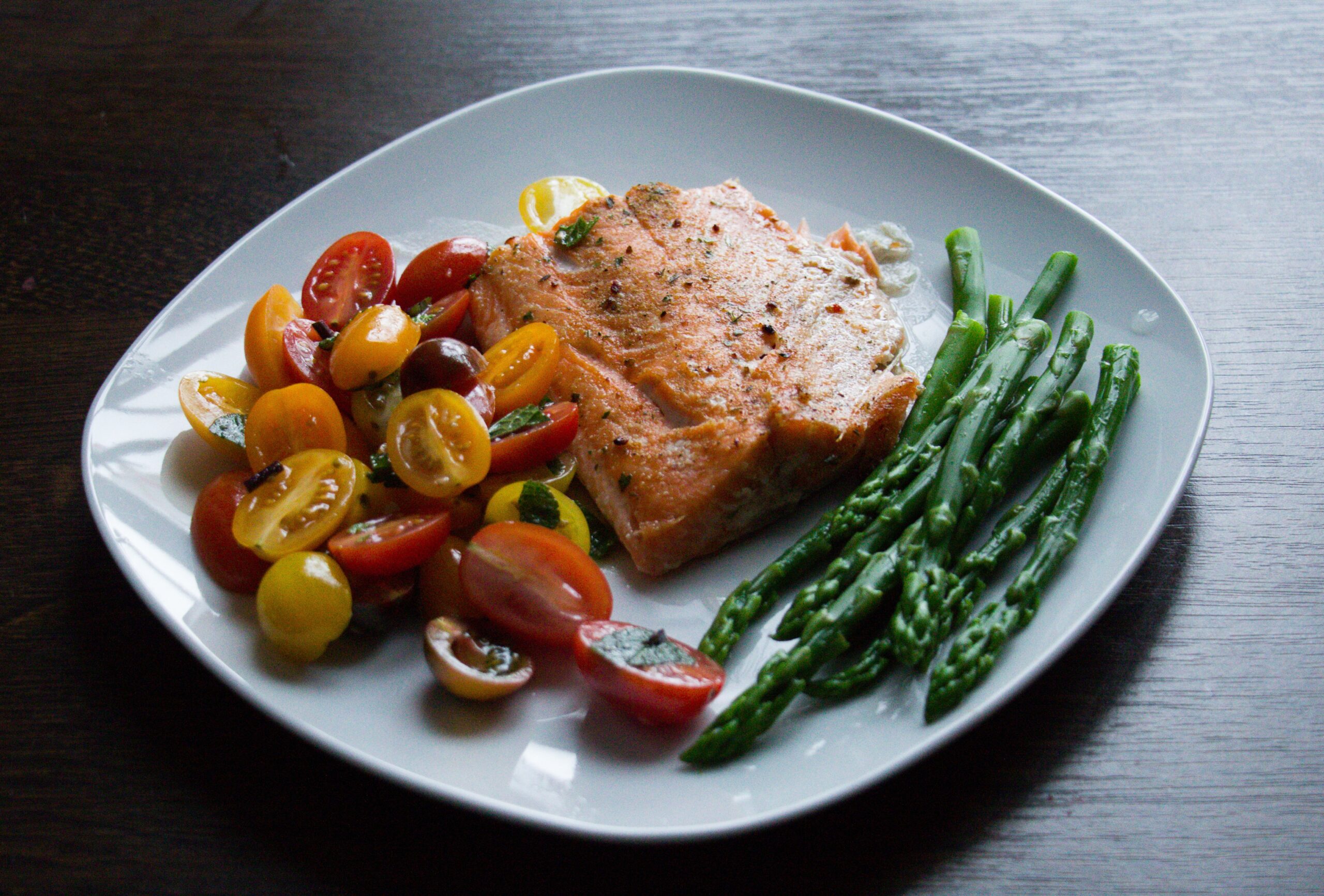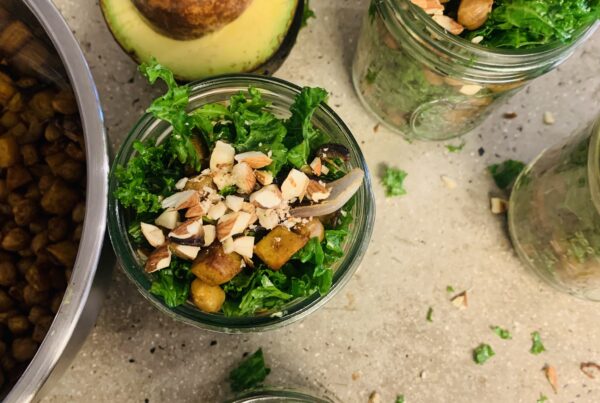There’s a place for calorie counting but just like many other things in life, focusing on QUALITY over QUANTITY is the way to go.
I’m a big proponent of quality over quantity when it comes to calories. Where your calories come from is far more important than how many you eat. It works for weight gain and weight loss. Food is meant to nurture your body and provide micro AND macronutrients, not only calories.
From the nutrition perspective, a recipe for healthy eating combines these few principles:
- Quality over quantity
- Eat the rainbow
- Prioritize whole foods
- Eat balanced meals
If you apply these principles (staying active is another critical piece), rest assured that the urge to count or worry about calories can be put aside, at least for now. Rather than calorie count, I encourage you to tune in to your body and notice the signs of satiation, hunger, and cravings. There are other things to prioritize over counting calories, especially if your journey to improved well-being, and performance has just started.
Can I eat that?
I wouldn’t limit the consumption of any whole foods, as long as consumed within the principles mentioned above. So instead of having a restrictive diet, I suggest replacing what could be avoided with nutritious options. For example, instead of a bag of chips, go for a fruit. As simple as that. You can eat a lot of things and not worry about the calorie content. That’s quality over quantity.
Calories in whole foods
Have you ever noticed that whole foods don’t come with nutrition facts label? They don’t need one. If your plate is full of whole foods (AKA rice, beans, greens, and vegetables), know that those calories are ALWAYS welcome.
Naturally sweetened
It means a food has been sweetened with whole foods, such as dates, bananas, apples. The quality of the sugars in whole foods is better than ALL processed sugars. That’s because whole foods contain more nutrients. Depending on the processing, a sugar loses more or less of its nutrient profile. The less processed the better. Table sugar, for example, is heavily processed, and has little nutritional value, while coconut sugar retains more nutrients and doesn’t drastically impact blood glucose. They are both processed but in different ways.
Learn more about processed foods here.
Managing satiation and hunger
Our endocrine system is equipped with hormones that trigger satiation (that feeling of fullness) when a certain amount of food and nutrients are ingested. Fats and fiber, for example, promote satiation, but when paired with excessive added sugars, usually contained in certain processed foods, the fats and fiber have their role affected. The same works for sugary drinks and high-carb snacks. When eaten alone, they don’t promote satiation. That’s why balanced meals are important.
The Guardian
Dietary guidelines and food industry
The American dietary guidelines provide directions on how many calories one should consume a day, according to age, sex, and lifestyle, as well as on where calories should come from. Yet, more than one-third of the US population is considered overweight, while another significant portion has health issues related to poor diet and lifestyle habits. The American guidelines are not the problem or the reason for such concerns but they do walk hand in hand with the food industry, the one that supplies what’s vastly available at grocery stores – processed foods. The guidelines teach us what to eat and what not from what we have available on the shelves, and that’s the problem: WHAT WE HAVE AVAILABLE ON THE SHELVES.
The Guardian
If we were to follow the guidelines to the T, the majority of ultra-processed food products wouldn’t be part of a healthy diet, yet they are abundantly available for purchase. The guidelines can be a good source of information, although not very practical, especially for someone trying to drastically change their diet from the American Standard to a more balanced and diverse one. Here’s a link to the Guidelines.
Navigating grocery stores, nutrition facts labels, and lists of ingredients can be overwhelming, on top of dodging marketing strategies used by the food industry. So it’s expected that the general population is confused or misinformed.
What can you do about it?
- Make your nutrition part of your priorities.
- GET CURIOUS. Know what you are eating, read the list of ingredients.
- Cook your meals at home. Check out my Ultimate Guide to Meal Prep.
- Seek nutrition counseling if you want to learn more and make sustainable changes.



